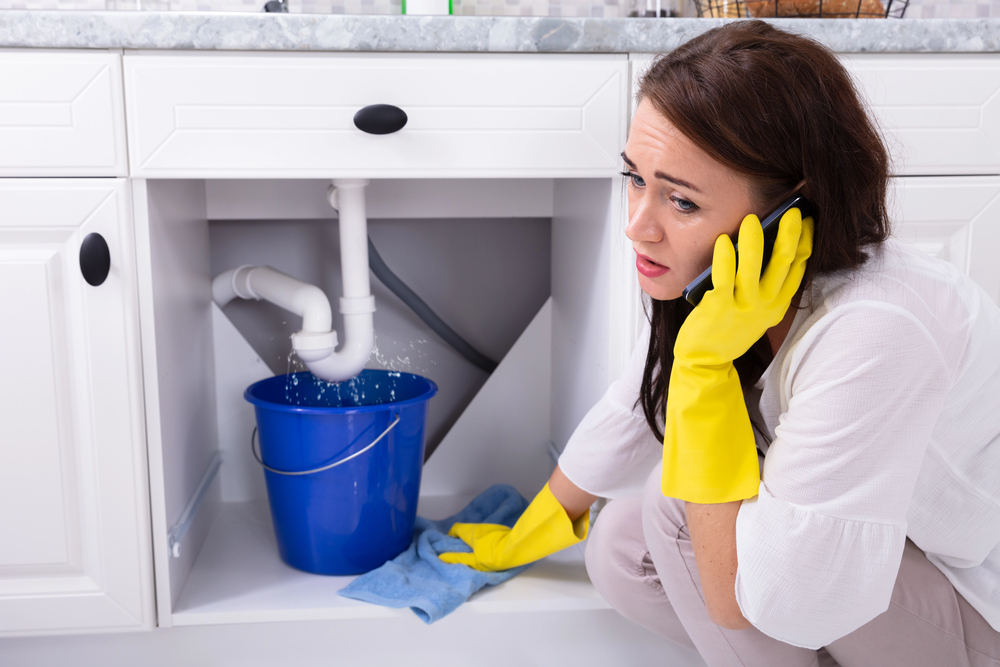Bathroom drains can become clogged for various reasons, leading to frustrating situations and potential damage if neglected.
Understanding how to tackle these issues can save time, money, and the hassle of calling a plumber. Here’s your step-by-step guide to getting those pesky drains back in working order.
Common Causes of Clogs
In the bathroom, clogs typically arise from hair, soap scum, toothpaste, and even debris that washes down the sink.
Over time, these materials accumulate, creating significant blockages. While hair is often the main culprit, the combination of products we use can create a sticky residue that further complicates the situation.
Recognizing the signs of a clog can help you address the issue quickly. Slow drainage, gurgling sounds, or unpleasant odors are all indicators that something is amiss.
Being alert to these warning signals can prevent a minor annoyance from escalating into a major problem. If the issue seems too complex to handle, expert repairs for blocked drains can quickly restore proper flow.
Tools You’ll Need
Before you tackle the clog, gathering the necessary tools is a smart move. Most unclogging jobs can be handled with some basic household items.
A plunger, drain snake, and bucket are essentials for any homeowner.
If you want to go for an eco-friendly approach, baking soda and vinegar can work wonders. These pantry staples create a chemical reaction that can help dislodge debris without harsh chemicals.
A pair of rubber gloves is also advisable, as they’ll protect your hands when dealing with unpleasant materials.
Step-by-Step Unclogging Techniques
Using a Plunger
The trusty plunger is often the first tool on the scene. It works by creating a vacuum that can dislodge the blockage.
- Start by filling the sink or tub with a bit of water to cover the drain.
- Place the plunger over the drain and make sure it seals well.
- Push down firmly and pull up quickly, repeating this motion several times.
- After a few rounds, remove the plunger to see if the water drains. If it does, you’re in the clear!
Utilizing a Drain Snake
When plunging doesn’t work, a drain snake can be a powerful ally. This tool is designed to reach deep into the pipes and retrieve or break up clogs.
- Insert the snake into the drain while turning the handle to push it deeper.
- When you hit resistance, you’ve likely found the clog. Crank the handle a few times to break it up.
- Slowly pull the snake back out, bringing any debris with it.
Baking Soda and Vinegar Method
For those looking for a more natural approach, try the baking soda and vinegar method.
- Pour about half a cup of baking soda down the drain, followed by an equal amount of vinegar.
- Cover the drain with a wet cloth or plug it to keep the reaction contained.
- Let it sit for about 30 minutes, then flush with hot water. This method can be surprisingly effective!
Chemical Drain Cleaners
Chemical drain cleaners are an option but should be approached with caution. They can be effective in breaking down clogs but can also be harsh on pipes, especially older ones.
- If you choose to use a chemical cleaner, follow the instructions carefully.
- Wear gloves and ensure proper ventilation, as the fumes can be powerful.
- If you find yourself using these frequently, consider seeking a more permanent solution.
Preventing Future Clogs
Once you’ve successfully unclogged your drain, taking preventive measures can save headaches down the road.
Install Drain Screens
Using drain screens can significantly reduce the amount of hair and debris that enters your drains.
- These inexpensive plastic or metal screens fit over the drain and catch hair and larger particles.
- Regularly cleaning the screens is key; a quick rinse under the faucet can keep them clear.
Regular Maintenance
Adopting a routine for maintaining your drains can help prevent buildup.
- Pouring hot water down the drain weekly can help dissolve soap scum and grease before they harden.
- Running a combination of baking soda and vinegar monthly can keep your pipes clear.
Be Mindful of What Goes Down
This might sound simple, but being cautious about what goes down the drain can have a major impact.
- Avoid putting any non-biodegradable items down the toilet or sink. This includes cotton swabs, feminine products, and wipes labeled “flushable.”
- Limit the use of heavy soaps and shampoos that can contribute to buildup.
Knowing When to Call a Professional

Sometimes, despite your best efforts, a clog may be beyond your capabilities. Knowing when to call in a professional can save time and prevent damage.
- If you’ve tried multiple methods and the clog persists, it might be time for an expert.
- Recurring clogs can indicate deeper plumbing issues that require a trained eye.
- Leaks or water backing up into your home signal serious problems that should be addressed promptly.
Dealing with Toilet Clogs
Toilets are notorious for clogs, particularly when too much toilet paper or foreign objects are involved.
Plunging the Toilet
Using a toilet plunger is slightly different from plunging a sink.
- Make sure to use a flange plunger, as it’s designed for toilets.
- Position the plunger over the drain hole and apply firm pressure while pushing down and pulling up.
- Repeat this motion until the water drains smoothly.
Gravity Flush Method
If plunging doesn’t work, a gravity flush might be effective.
- Fill a bucket with water and pour it quickly into the toilet from waist height.
- The force can help break up the clog and clear the drain.
Shower and Bathtub Drain Solutions
Shower and bathtub drains can also be tricky. Hair is often the primary issue, so regular cleaning can help.
Remove the Drain Cover
Start by carefully removing the drain cover and cleaning any visible debris.
- Use a pair of needle-nose pliers or your fingers to pull out hair and gunk.
- After removing large clumps, try the plunger or snake for any remaining debris.
Using a Wet/Dry Vacuum
If you have access to a wet/dry vacuum, it can be a helpful tool for removing clogs in the shower or bath.
- Set it to liquid mode and create a seal over the drain.
- The suction power can help pull out stubborn clogs.
Dealing with clogged bathroom drains can be an inconvenience, but it’s manageable with the right tools and techniques. Understanding the causes and using straightforward methods can help keep your drains flowing freely. Regular maintenance and mindful practices will not only save you time but also contribute to a healthier plumbing system in your home.









